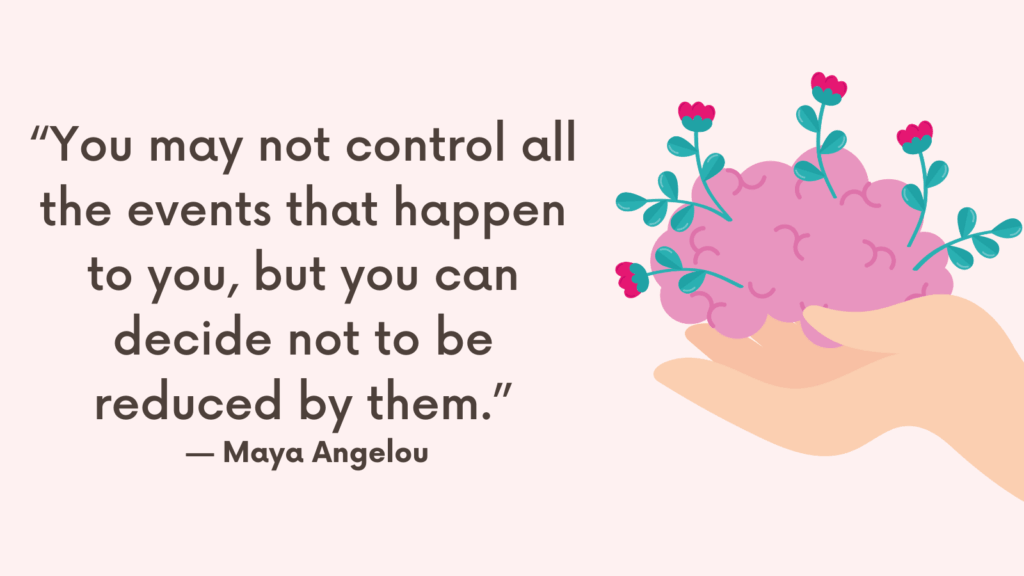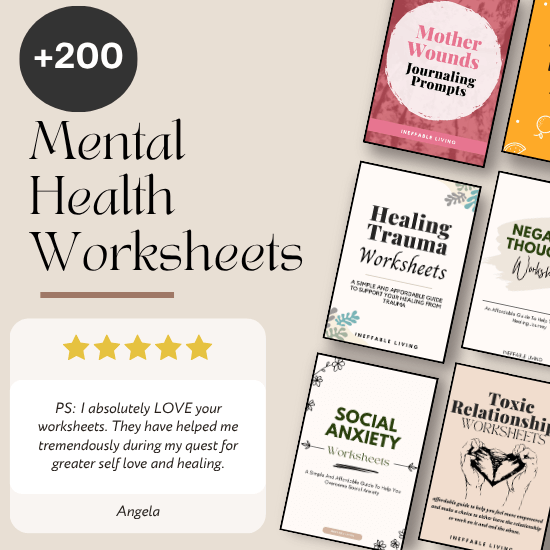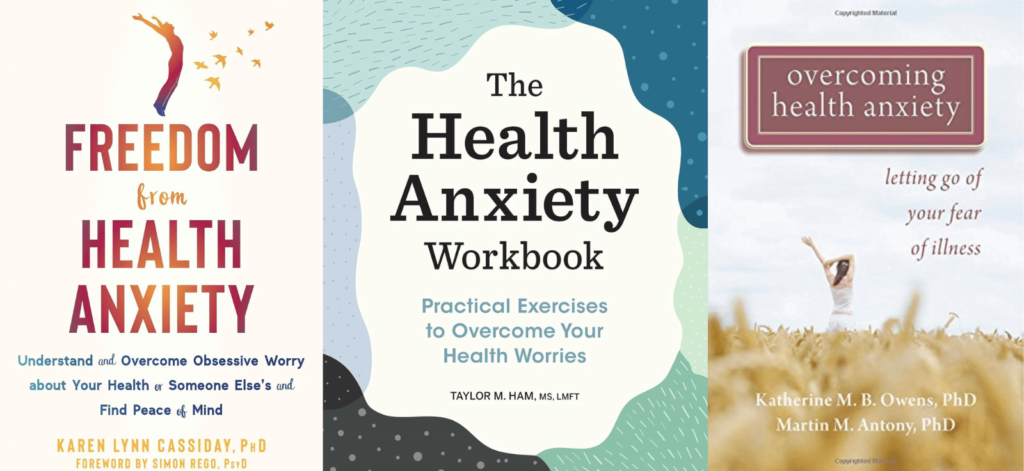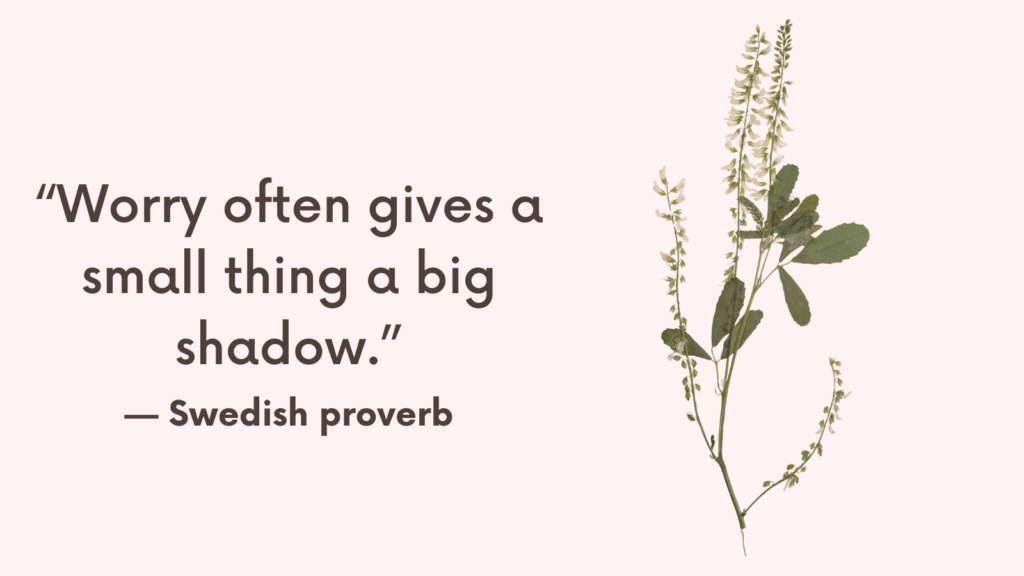“What if” thoughts are a major driver of health anxiety. They sound like:
- “What if this headache is a brain tumor?”
- “What if the doctor missed something?”
- “What if I have a rare disease no one has caught yet?”
These thoughts feel urgent and convincing — but they rarely lead to peace or clarity. Instead, they fuel a cycle of fear, checking, and doubt. Challenging this thinking takes practice, but it’s one of the most powerful ways to regain control over your mind and body.
What Is Health Anxiety?
Health anxiety, sometimes called illness anxiety disorder or hypochondria, involves chronic worry about having a serious medical condition—despite little or no medical evidence. People with health anxiety may misinterpret normal bodily sensations (like a headache or a heartbeat) as signs of severe illness. The fear is real, even when the illness is not.
What Health Anxiety Looks Like in Everyday Life
Health anxiety often shows up as:
- Constant body-checking for symptoms
- Frequent Googling of health information
- Regular doctor visits or tests for reassurance
- Avoidance of hospitals or medical shows out of fear
- Anxiety spikes after hearing about others’ illnesses
This condition can be exhausting—not just for the person experiencing it, but also for loved ones trying to offer comfort.
Where Does Health Anxiety Come From?
Health anxiety can be influenced by several factors:
- Past experiences with serious illness (in self or family)
- High sensitivity to bodily sensations
- Anxiety disorders or a tendency toward catastrophic thinking
- Misinformation from the internet or media
- Childhood experiences related to health, illness, or trauma
These factors can combine to create a brain that’s hyper-alert to danger signals—even when there’s no real danger.
Related: Best 7 Health Anxiety Books
The Role of Reassurance-Seeking
One of the most common patterns in health anxiety is reassurance-seeking: visiting doctors repeatedly, asking others if a symptom is serious, or scanning online for answers. This may provide temporary relief—but it reinforces the cycle of fear and doubt. Over time, your brain learns: “Only reassurance makes me feel safe,” making anxiety worse when reassurance isn’t available.
How to Challenge “What If” Thinking Around Illness?
1. Label It as a Thought, Not a Fact
Start by recognizing “what if” thoughts for what they are: anxious mental habits, not reality.
Say to yourself: “This is a worry thought. It’s not a prediction. It’s not evidence.”
2. Ask: “What Else Could Be True?”
Challenge the assumption behind the fear.
If you think, “What if this is cancer?” ask:
- “What if it’s just a tension headache?”
- “What if this is anxiety in disguise?”
- “What if nothing is actually wrong at all?”
This opens the door to more balanced, realistic thinking.
Related: How to Cope with Health Anxiety without Medication?
3. Look at the Evidence
Write down facts that go against the fear.
- “I’ve had this symptom before and it passed.”
- “A doctor examined me and said everything looked normal.”
- “I’m still functioning — I’m walking, talking, eating.”
Facts help break emotional certainty.
4. Play the “Then What?” Game
Instead of stopping at the fear, play it out:
- “What if it is serious?”
- “Then I would go to the doctor.”
- “Then I would get treatment.”
- “Then I would handle it — like I’ve handled other hard things.”
This reminds you that even worst-case scenarios are not unmanageable.
5. Ask: “Have My ‘What Ifs’ Ever Come True?”
Think back to past worries. How often have your health-related “what ifs” actually happened? Probably very rarely — if ever. Use that track record to calm your current fear.
Related: Hypochondria: How to Deal with Health Anxiety?
6. Ground Yourself in the Present
“What if” thinking is always about the future. Pull yourself back to what’s real now.
- “What do I know today?”
- “What do I feel right now — not what I fear might happen?”
This helps you respond to reality instead of imagination.
7. Use “Even If” Instead of “What If”
Shift from panic to resilience.
- “Even if something is wrong, I can deal with it.”
- “Even if I need to get checked, I’ll handle it.”
This shift helps you focus on strength, not fear.
8. Limit Time Spent on the Thought
When “what if” loops begin, give yourself 5 minutes to explore the fear — then stop. Tell yourself, “That’s enough time for now. I’ll revisit it tomorrow if needed.”
This keeps worry from consuming your day.
Related: Best 45 Health Anxiety Affirmations
9. Replace Rumination With Action
Ask: “What’s a helpful step I can take right now?”
- Drink water
- Stretch
- Write down the fear and close the notebook
- Go outside
Taking action, no matter how small, pulls you out of mental loops.
10. Practice Daily Disengagement
Train your brain to let go. You can say:
- “I see this thought. I don’t need to engage.”
- “That’s not helpful right now.”
Over time, your brain learns that not all thoughts need attention.
Related: How to Break the Panic Attack Cycle?
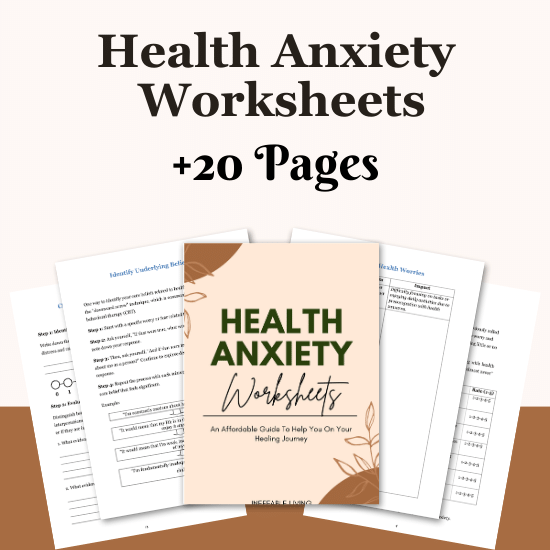
Conclusion
“What if” thoughts don’t disappear overnight. But the more you challenge them, the less power they hold. You don’t need perfect certainty to feel safe — you need tools, practice, and the belief that you can handle what comes. And you can.
